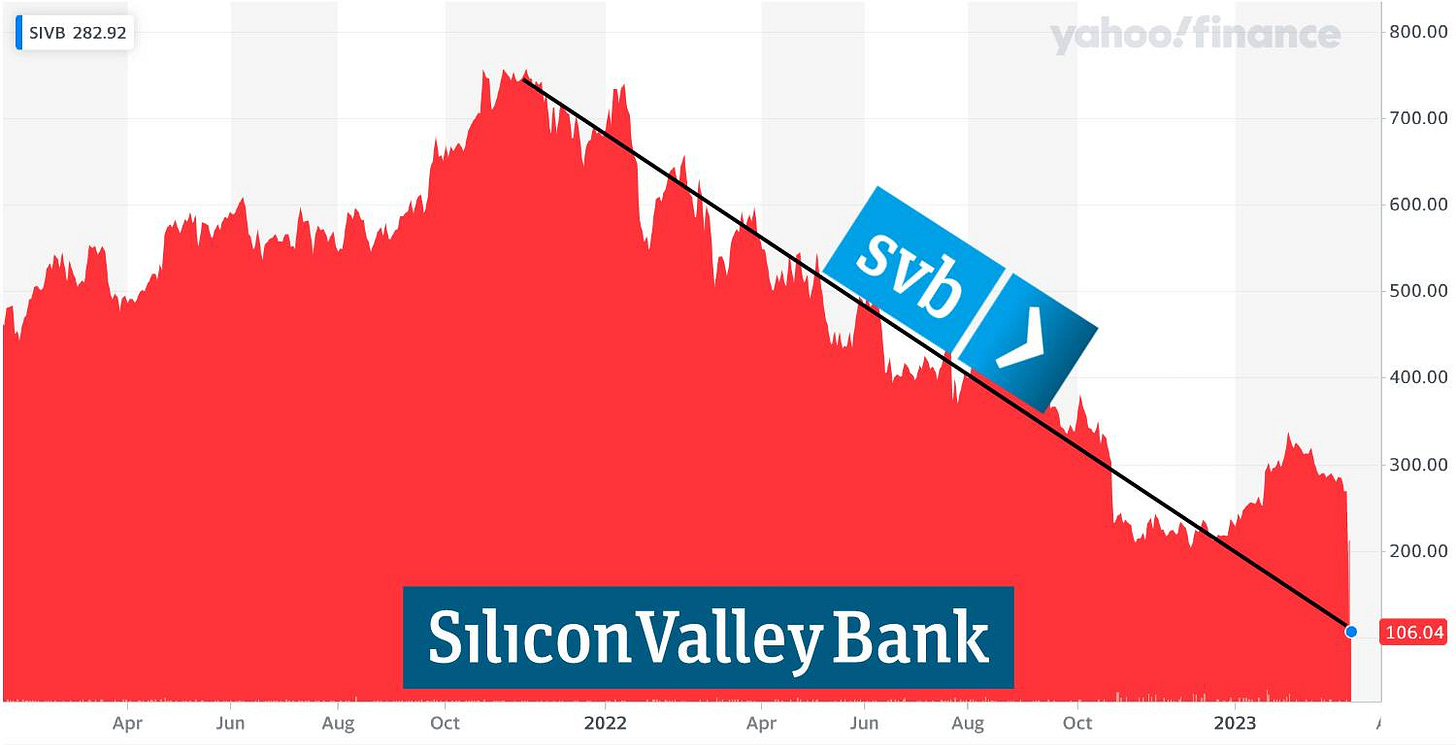The Silicon Valley Bank run and why more is coming
The run on SIVB will cause ripples — maybe tidal waves — through Wall Street. But it wasn't the first and won't be the last. Our banking system guarantees it.
Keep reading with a 7-day free trial
Subscribe to Truth Delta to keep reading this post and get 7 days of free access to the full post archives.



